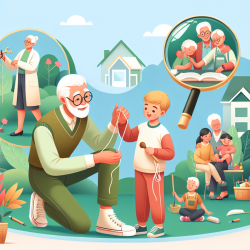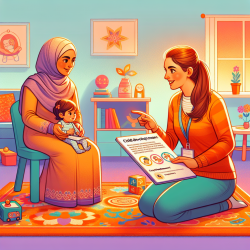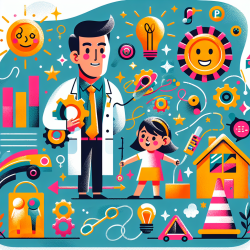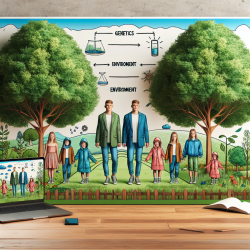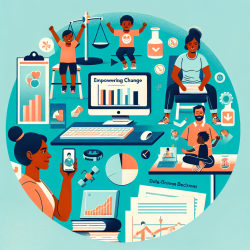Intergenerational interventions, which involve bringing together different age groups to interact and engage in shared activities, have been shown to have numerous benefits for both children and older adults. The research article "PROTOCOL: Intergenerational interventions and their effect on social and mental wellbeing of both children and older people—A mapping review and evidence and gap map" by Thompson-Coon et al. (2022) provides a comprehensive overview of these interventions and their impacts.
Understanding Intergenerational Interventions
Intergenerational interventions are structured activities that facilitate meaningful interactions between children and older adults. These interventions can range from simple activities like storytelling and arts and crafts to more complex programs such as mentorship and collaborative projects. The goal is to foster mutual understanding, reduce social isolation, and enhance mental wellbeing across generations.
Key Findings from the Research
The mapping review and evidence gap map (EGM) conducted by Thompson-Coon et al. (2022) highlighted several key findings:
- Intergenerational activities can significantly reduce loneliness and social isolation in both children and older adults.
- These interventions can improve mental health outcomes, including reductions in anxiety and depression.
- Intergenerational programs foster mutual understanding and respect, helping to combat ageism and stereotypes.
- Such activities can enhance social skills, self-confidence, and empathy in children.
Practical Applications for Practitioners
For practitioners in the field of speech-language pathology and other related disciplines, implementing intergenerational interventions can be highly beneficial. Here are some practical steps to consider:
1. Integrate Intergenerational Activities into Therapy Sessions
Incorporate activities that involve older adults, such as reading sessions, joint art projects, or music therapy. These activities can be designed to meet specific therapeutic goals while also fostering intergenerational connections.
2. Collaborate with Community Organizations
Partner with local senior centers, schools, and community organizations to develop and implement intergenerational programs. Collaboration can provide access to resources and create a supportive network for sustained intervention efforts.
3. Evaluate and Adapt Programs
Regularly assess the effectiveness of intergenerational interventions through feedback and data collection. Use this information to adapt and improve programs to better meet the needs of participants.
4. Promote Awareness and Advocacy
Educate stakeholders, including parents, caregivers, and policymakers, about the benefits of intergenerational interventions. Advocacy can help secure funding and support for these programs.
Encouraging Further Research
While the existing evidence highlights the benefits of intergenerational interventions, there are still gaps that need to be addressed. Practitioners are encouraged to engage in further research to explore:
- The long-term impacts of intergenerational interventions on mental and social wellbeing.
- The specific components of these programs that are most effective.
- The potential for intergenerational interventions to support recovery from the COVID-19 pandemic.
Conclusion
Intergenerational interventions present a promising approach to enhancing the social and mental wellbeing of both children and older adults. By integrating these activities into therapeutic practice, collaborating with community organizations, and advocating for further research, practitioners can contribute to creating positive outcomes for all participants.To read the original research paper, please follow this link:
PROTOCOL: Intergenerational interventions and their effect on social and mental wellbeing of both children and older people—A mapping review and evidence and gap map.
